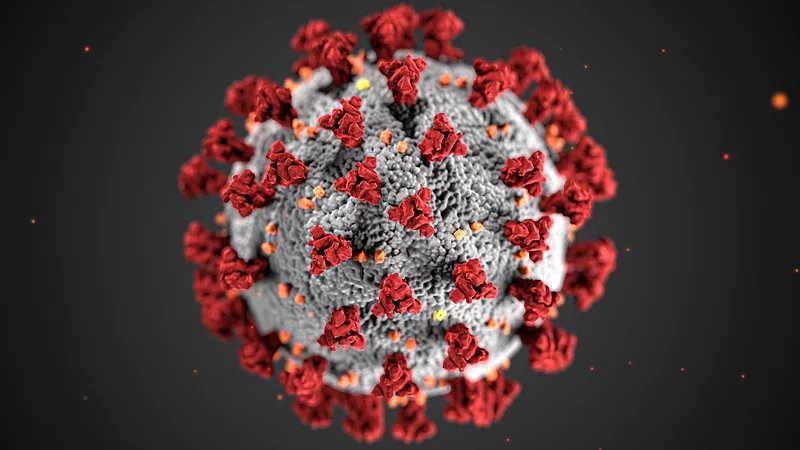
Researchers at the Spanish National Cancer Research Centre (CNIO) have uncovered a surprising connection between ancient viruses and human embryonic development. This research, published in the prestigious journal Science Advances, delves into the role of viral genetic material, long considered “junk DNA,” in a critical phase of embryonic development.
Why viral genes are embedded in our DNA
Here’s a startling fact: at least 8% of the human genome consists of genetic material from viruses. This genetic material, once dismissed as useless ‘junk DNA’, has more recently been recognized as serving vital functions in human biology. Case in point, the Spanish researchers showed for the first time how this viral legacy is crucial for the transition to pluripotency — a vital process occurring just hours after fertilization.
Embryonic development is a marvel of biological precision. Initially, each of the two cells of the embryo is totipotent, meaning it has the potential to develop into a separate organism. However, as the embryo transitions to the four-cell stage, these cells become pluripotent. This pluripotency allows them to differentiate into any specialized tissue in the body. A pluripotent cell can turn into a skin, liver, or brain cell, depending on its chemical environment and genetic directions.
Sergio de la Rosa and Nabil Djouder, the study’s lead and senior authors, have shed light on the significant role endogenous retroviruses (ERVs) play in this developmental transition.
“Intuitively, it was thought that having viruses in the genome could not be good. However, in recent years we are starting to realise that these retroviruses, which have co-evolved with us over millions of years, have important functions, such as regulating other genes. It’s an extremely active field of research,” said De la Rosa.
Retroviruses, like HIV, have a unique life cycle — they integrate their genetic material into the host’s DNA. If a retrovirus infects a germ cell (sperm or egg), the viral DNA becomes a permanent part of the host’s genome and can be passed down to future generations. Over time, this viral DNA becomes ‘endogenous’, meaning it is inherited just like any other gene.
Over millions of years, numerous infections by retroviruses occurred, and some of these have become a part of organisms’ genetic makeup. In some cases, incorporating viral DNA may have offered an evolutionary advantage. For example, some ERVs play a role in the formation of the placenta in mammals. Some evolutionary biologists believe these retroviruses were instrumental in evolutionary leaps, such as the Cambrian explosion over 500 million years ago.
From ‘Junk’ to Jewel
In their new study, the researchers found that the MERVL endogenous retrovirus guides the pace of embryo development, particularly during the shift from totipotency to pluripotency.
“It is a totally new role for endogenous retroviruses,” says Djouder. “We discovered a new mechanism that explains how an endogenous retrovirus directly controls pluripotency factors”.
The virus passed on a gene to our early ancestors called URI, whose deletion has previously been shown to prevent embryo development. The researchers were intrigued by this discovery, which set them on the path that would eventually lead to the discovery of the significant role of the MERVL retrovirus.
Specifically, the MERVL-gag viral protein plays a dual role: it initially binds to URI, preventing its action during the totipotency phase. As its levels diminish, URI activates, enabling the crucial transition to pluripotency.
This research not only highlights the functional importance of what was once considered ‘junk DNA’ but also illustrates a remarkable example of symbiotic co-evolution. The intricate relationship between the viral protein, URI, and pluripotency factors ensures the smooth and timely progression of early embryonic development. As Djouder explains, this fine-tuned modulation allows the embryo sufficient time to coordinate the crucial shift from totipotency to pluripotency.
These findings are significant for both regenerative medicine and the development of artificial embryos. The study appeared in the journal Science Advances.
